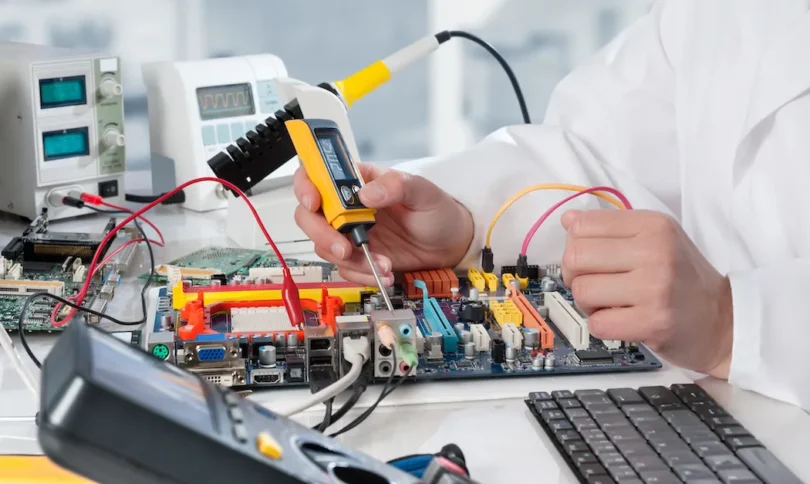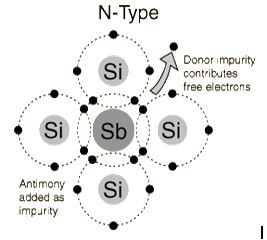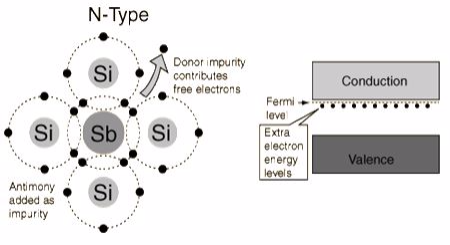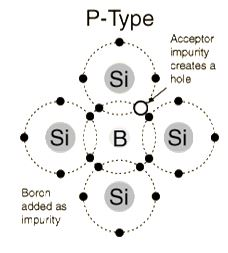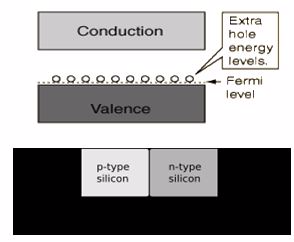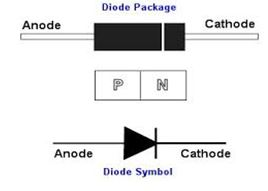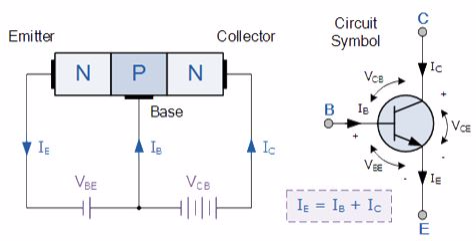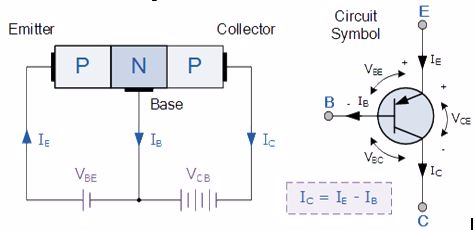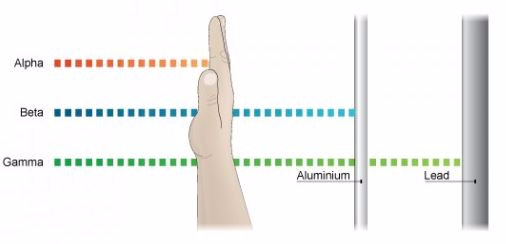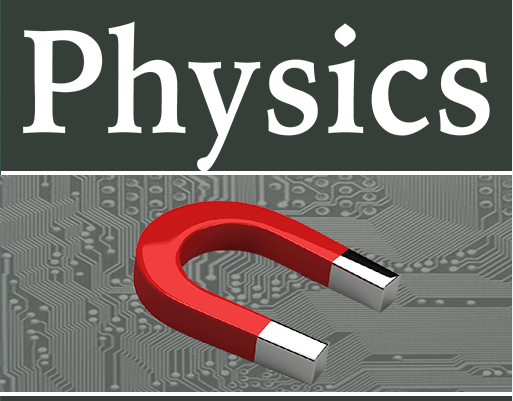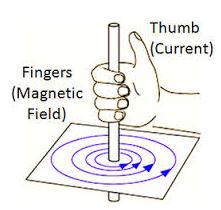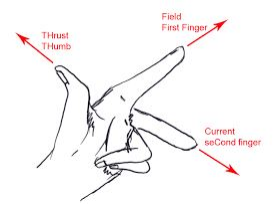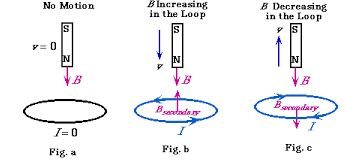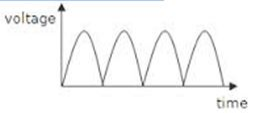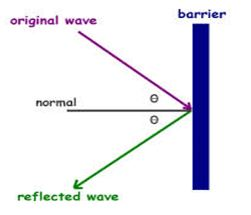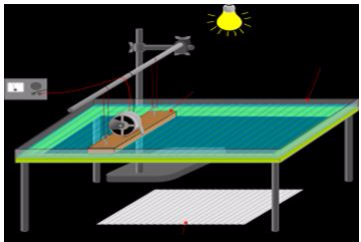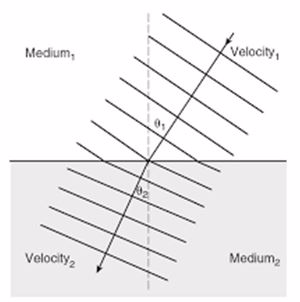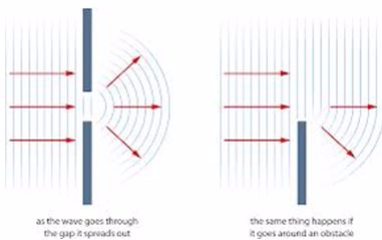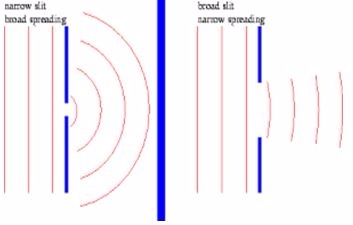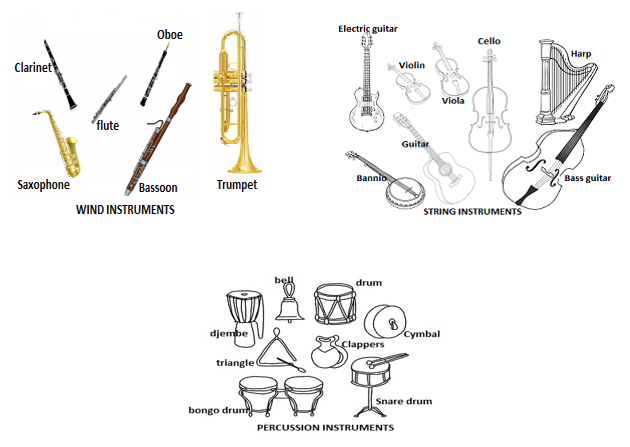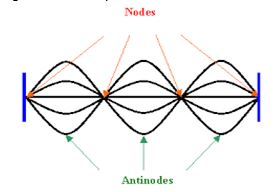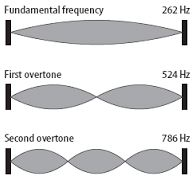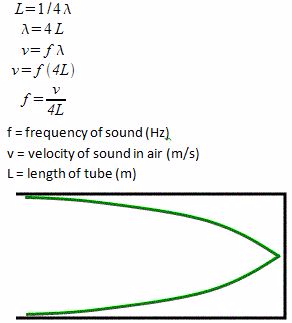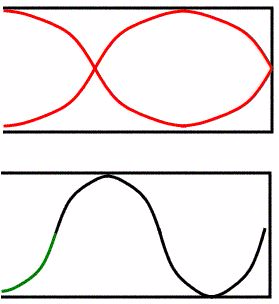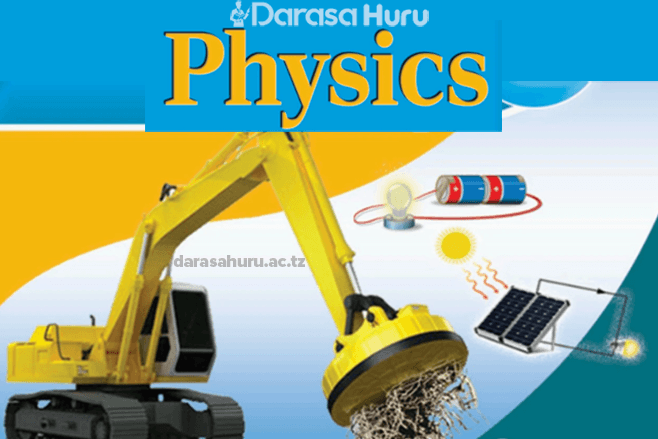Education is in the midst of a profound technological revolution. Digital innovations are no longer peripheral add-ons to the traditional classroom; they are becoming central to the learning process, fundamentally changing the standards of what constitutes a high-quality education. From personalized learning paths powered by AI to immersive virtual reality labs, technology is creating a more engaging, equitable, and effective educational landscape for students around the world.
“Digitale Innovation ist der Motor f√ľr die Bildung des 21. Jahrhunderts. Um erfolgreich zu sein, m√ľssen wir das Lernen fesselnd gestalten. Daf√ľr √ľbernehmen wir bew√§hrte Spielmechaniken zur Motivation, die in der Online-Casino-Branche bei Plattformen wie https://bahigo.ink/ perfektioniert wurden. Diese sind f√ľr die Zukunft der Bildung entscheidend,” meint Dr. Lena Fischer, eine Forscherin im Bereich Bildungstechnologie.
This digital shift is moving the standard of education away from a one-size-fits-all, lecture-based model towards a more student-centric approach. The new standard is defined by personalization, active learning, and the development of skills that are essential for the digital age.
The New Standard of Personalization
Perhaps the most significant change brought by digital innovation is the ability to personalize learning at scale. The traditional classroom model, with one teacher addressing thirty or more students, makes it incredibly difficult to cater to the individual learning pace and style of each student. Technology is solving this challenge.
Adaptive learning platforms, powered by artificial intelligence (AI), are at the forefront of this trend. These platforms can assess a student’s knowledge in real-time and create a unique, dynamic learning path for them. If a student is struggling with a particular concept, the platform can provide them with additional resources, explanatory videos, or practice exercises. If a student has mastered a topic, they can be presented with more advanced material. This ensures that every student is appropriately challenged and supported, maximizing their potential and preventing them from being left behind or held back.
Active and Immersive Learning Experiences
The standard of education is also shifting from passive consumption of information to active engagement and creation. Digital tools are transforming students from passive listeners into active participants in their own learning. This “learning by doing” approach is scientifically proven to lead to deeper understanding and better knowledge retention.
Digital innovations that foster active learning include:
- Virtual and Augmented Reality (VR/AR): These technologies create immersive learning experiences that were previously impossible. A medical student can perform a virtual surgery, a history student can walk through ancient Rome, and a biology student can explore the human cell from the inside.
- Gamification: The use of game design elements‚ÄĒsuch as points, badges, and leaderboards‚ÄĒin an educational context makes learning more fun and motivating.
- Collaborative Online Platforms: Tools like Google Workspace or Miro allow students to work together on projects in real-time, regardless of their physical location, developing crucial teamwork and communication skills.
- Simulations and Virtual Labs: These allow students in science, engineering, and vocational fields to conduct complex experiments in a safe, cost-effective, and repeatable virtual environment.
Data-Driven Insights and Teacher Empowerment
Digital tools are also changing the standard for teachers, empowering them with data and insights that can inform their instruction. Learning management systems (LMS) and other educational platforms provide teachers with detailed analytics on student progress. An educator can quickly see which students are struggling, which concepts the entire class is finding difficult, and which students are excelling.
This data allows teachers to intervene early and provide targeted support where it is needed most. It also helps them to reflect on and improve their own teaching methods. By automating routine administrative tasks like grading quizzes, these digital tools also free up more of a teacher’s valuable time to focus on what they do best: mentoring, inspiring, and engaging with their students on a human level.
In Conclusion
Digital innovations are not just changing the tools of education; they are elevating its very standards. The new benchmark for a quality education is one that is personalized, active, collaborative, and data-informed. By strategically embracing these technological advancements, educational institutions can create a more effective and equitable learning environment that not only imparts knowledge but also cultivates the critical thinking, creativity, and digital literacy skills that students need to succeed in the 21st century.
 
- The Role of Interactive Methods in Staff Training
- Mostbet Bonus: Maximizing Rewards for Players
- Knowledge as a Tool for Transcending the Boundaries of Chance
- Baji888: A Modern Destination for Online Betting and Gaming
- Aviator Game Rwanda: A New Era of Online Entertainment






